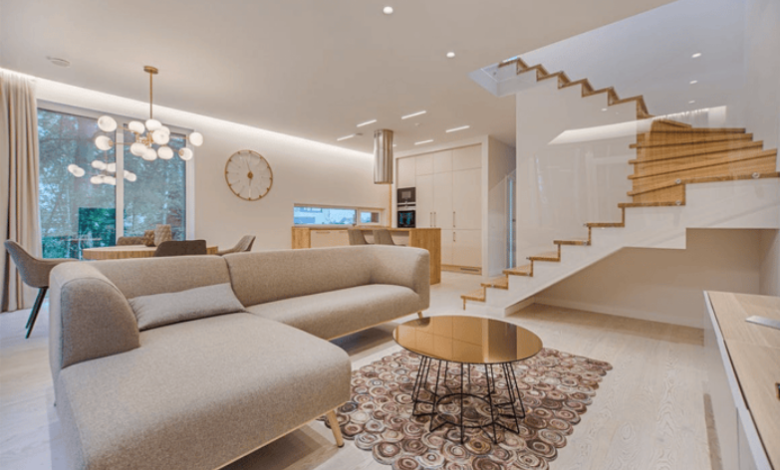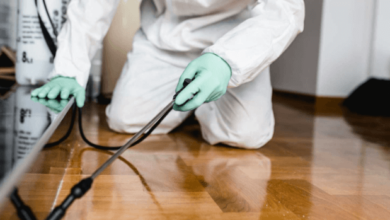Interior Design House: Creating Spaces That Reflect Your Style

Understanding the Basics of Interior Design
Interior design house projects focus on transforming living spaces into comfortable and visually appealing environments. The process involves careful planning, selection of materials, colors, furniture, and accessories that suit the lifestyle and preferences of the occupants. Good design enhances functionality while reflecting the homeowner’s personality.
Importance of Planning in Interior Design
Before starting any interior design house project, detailed planning is crucial. This includes assessing the space, understanding natural light, traffic flow, and identifying the key functions of each room. Effective planning prevents costly mistakes and ensures that every element serves a purpose.
Choosing the Right Color Palette
Colors play a significant role in setting the mood of a home. Selecting a harmonious color palette can create a warm, inviting atmosphere or a fresh, modern feel. Designers often recommend neutral tones as a base with accent colors to add interest and character to the interior.
Selecting Furniture That Fits Your Space
Furniture should be chosen not only for its style but also for its scale and comfort. In an interior design house, the arrangement of furniture affects the flow and usability of the space. Multi-functional pieces are gaining popularity, especially in smaller homes, as they maximize space efficiency.
See also: When Streetwear Started Feeling Like Home: The Spyder Hoodie + Sp5der Sweatpants Story
Lighting: Enhancing the Ambiance and Functionality
Proper lighting is essential for both aesthetics and practicality. Layered lighting—combining ambient, task, and accent lights—can highlight architectural features and create a cozy ambiance. Designers also consider natural lighting when planning window treatments and furniture placement.
Incorporating Textures and Patterns
Adding texture and patterns brings depth and interest to interiors. This can be achieved through fabrics, rugs, wallpapers, or decorative elements. Mixing different textures like wood, metal, and soft textiles creates a balanced and dynamic environment.
The Role of Accessories in Interior Design
Accessories personalize a space and make it feel lived-in. Artworks, cushions, plants, and decorative objects add warmth and style to a home. An interior design house project often includes selecting accessories that complement the overall theme without overwhelming the space.
Sustainable Choices in Modern Interior Design
Many homeowners and designers are now prioritizing sustainability. Choosing eco-friendly materials, energy-efficient lighting, and recyclable furniture contributes to a greener home. This approach not only benefits the environment but also promotes healthier living spaces.
Common Mistakes to Avoid in Interior Design Projects
Mistakes like overcrowding rooms, ignoring scale, or neglecting lighting can detract from the overall design. It’s important to maintain balance and ensure that every element serves a purpose. Consulting a professional can help avoid these pitfalls and achieve a cohesive look.
Working with Professionals for Best Results
While DIY projects can be rewarding, working with interior design experts ensures a polished outcome. Professionals bring experience, access to resources, and a trained eye to the project. They can tailor designs to fit budgets, timelines, and personal tastes.
Final Thoughts on Interior Design for Homes
An interior design house is about creating a space where you feel comfortable and inspired. Thoughtful design improves quality of life and adds value to the property. Whether modern or traditional, minimalist or eclectic, every home benefits from intentional design choices that reflect the people living there.





